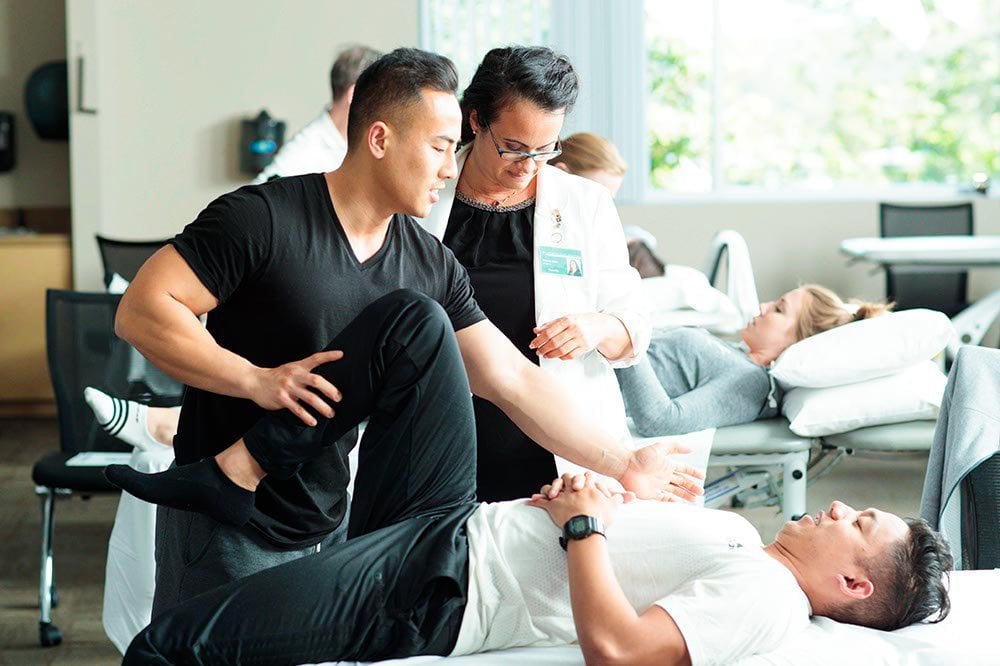One of the most frequently seen traumas in athletics is the foot ligament injury. This injury often occurs when an individual lands ungracefully or twists their ankle during a match. Symptoms of an ankle ligament injury include discomfort, swelling, and trouble walking. Prompt treatment typically includes the R.I.C.E. approach, which represents for Rest, Ice, Compression, and Lifting. This approach aids reduce inflammation and discomfort. In more serious cases, physical treatment may be required to regain strength and mobility to the ankle before going back to athletics.
Another frequent injury is a muscular strain, which can occur in any athletic activity that requires quick movements or intense weight-bearing. Sportspeople may suffer a muscular strain when they extend a muscle too much or when they exert too great force. Symptoms include sharp discomfort, find out here now swelling, and muscular spasms. Recovery for muscular strains often includes gentle flexibility exercises and strengthening exercises. Slowly increasing exercise levels is crucial to avoid re-injury. Athletes should collaborate tightly with a rehabilitative therapist to create a secure and effective recovery plan.
Tendonitis is another injury that can affect athletes, particularly those who engage in repetitive movements, such as joggers or aquatic athletes. This issue happens when a tendon, which links muscular tissue to skeletal structure, gets swollen. Frequent areas affected by tendonitis include the elbow, upper arm, and leg. Signs often include discomfort and stiffness, especially during movement. Care for tendonitis usually involves rest, cooling, and pain-relief drugs. In certain situations, physical treatment may be suggested to enhance flexibility and strength in the affected area.
Preventing athletic traumas is just as crucial as treating them. Athletes can reduce their chance of injury by warming up correctly before events, using the appropriate gear, and maintaining good physical condition. Power conditioning and flexibility exercises can help ready the physique for the demands of athletics. Additionally, athletes should listen to their bodies and allow rest when needed. By understanding common athletic traumas and implementing effective recovery strategies, athletes can stay healthy and participate in their beloved athletic activities for years to come.
